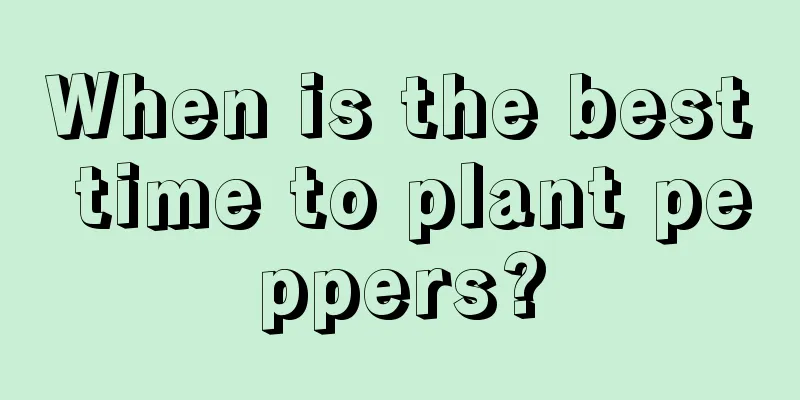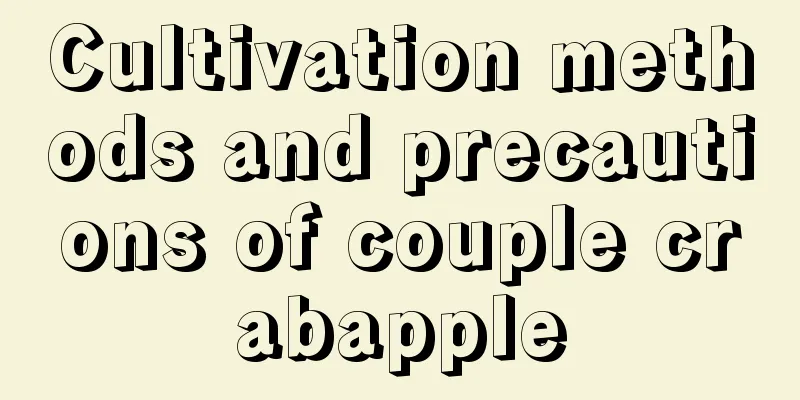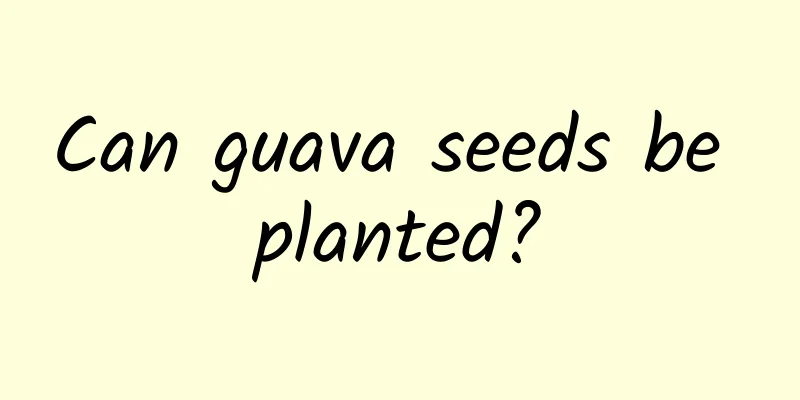When is the best time to plant peppers?

|
To achieve high economic returns when growing peppers , yield is a crucial factor. The yield of peppers is affected by many factors, including variety selection, geographical location, growing environment and climatic conditions. The combination of different factors will lead to different degrees of changes in the yield of pepper per acre. Today we will mainly learn when is the best time to plant peppers? When is the best time to plant peppers? The best time to plant peppers depends mainly on local climatic conditions. Spring sowing: In most areas, spring sowing usually takes place from March to May, which is the best time for pepper growth. In southern regions with warmer climates, such as Guangdong, peppers can be grown all year round, but the most suitable growing period is spring and autumn. The spring sowing period is from late January to early February, the transplanting period is from mid-March to early April, and the harvesting period is from May to July. Autumn sowing: Autumn sowing is carried out from July to August. In the northern region, most areas sow indoors in mid-April, and then move the seedlings outdoors for cultivation after the average temperature reaches 20 degrees Celsius. Temperature requirements: The ideal temperature range for pepper seeds to germinate is 23 to 30 degrees Celsius. It is difficult to germinate below 15 degrees Celsius. Therefore, make sure the temperature is right when planting. Protected cultivation: Peppers can be grown year-round in a greenhouse or shed , which controls temperature and humidity to ensure that peppers can grow even in non-typical seasons. Conditions for growing peppers Temperature: Peppers have temperature requirements somewhere between tomatoes and eggplants . The suitable temperature for seed germination is 23-30℃, and it is difficult to germinate below 15℃. Pepper seedlings require higher temperatures and grow slowly when the temperature is low. The suitable temperature in the early stage of flowering and fruiting is 20-25℃ during the day and 15-20℃ at night. Excessively high soil temperatures during the fruiting period, especially when strong sunlight is directed to the ground, may be detrimental to root growth and may cause toxin diseases and sunburn. Light: Peppers prefer full sunlight for efficient photosynthesis. Insufficient light will slow down the growth rate and thus affect the yield. Water: Peppers have strict requirements on water and are neither drought-tolerant nor water-tolerant. Prefers dry air conditions. During the planting process, water should be managed properly to maintain appropriate soil moisture. Soil: Peppers should not be planted in succession, nor should they be planted in succession with crops of the same family such as eggplant, tomato, potato, tobacco, etc. The land for growing peppers requires good drainage, convenient irrigation and drainage, and deep plowing. It is best to carry out winter ploughing and rest the frozen soil to improve the soil and eliminate overwintering pests and pathogen spores. To sum up, the planting time of peppers should be determined according to local climatic conditions and seasonal characteristics to ensure that the peppers can grow in a suitable temperature and environment, thereby obtaining a good yield.
|
<<: How to deal with orchids after purchase
>>: How to care for the newly bought green radish
Recommend
How to grow orchids to make them more vigorous?
Orchid is a very popular flower plant with elegan...
When is the best time to plant potatoes?
Potato, also known as Solanum tuberosum, is an im...
How to cultivate Eucommia ulmoides
1. Maintenance methods 1. Temperature: It is wide...
How to plant transfer bamboo seeds
Introduction of Lucky Bamboo Seeds The seeds of t...
When is the right time to plant garlic?
Speaking of garlic , many friends will think of g...
How to care for wintersweet bonsai
1. Reasonable watering Wintersweet is very afraid...
How to water the Flower Dance
Spring and Autumn growing season Spring and autum...
Planting technology and management of wax gourd
Winter melon is an annual vine-like herb that is ...
The role and efficacy of wolfberry
The role and efficacy of wolfberry Medicinal valu...
What is the best fertilizer for dragon blood tree
Time to fertilize dragon blood tree Dracaena usua...
Teach you a trick of "home flower cultivation, fertilization and deodorization tips"
The first rice vinegar: When fertilizing flowers,...
Plant a pot of "eggs" on the balcony. They are round and hang on the branches. They taste even better when eaten!
In fact, we can try to grow some new types of veg...
How to breed peach beauty
How Peach Beauty Reproduces Cutting propagation m...
How often should I water the scented vine?
How often should I water the scented vine? In spr...
Does Mimosa like the sun?
Mimosa pudica loves the sun Mimosa likes the sun....









